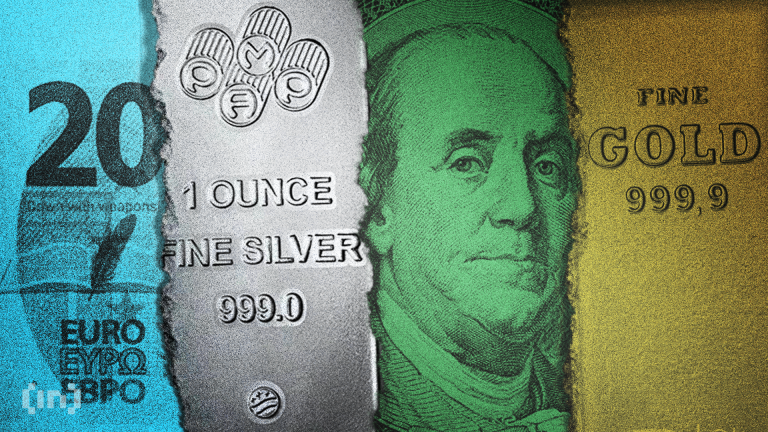
The Evolution of Wristwatches Through the Decades: A Timeless Story
Introduction to Wristwatches

Wristwatches have been a staple in our daily lives for over a century, with their origins dating back to the late 19th century. The evolution of wristwatches has been a fascinating journey, from their humble beginnings as pocket watches to the sleek, high-tech timepieces we know and love today. In this article, we will delve into the history of wristwatches, exploring their development, design, and impact on society.
The Early Years: 1880s-1920s

The first wristwatches were created in the 1880s, with the introduction of the ‘wristlet’, a small watch that was attached to a leather strap and worn on the wrist. These early timepieces were primarily designed for women, as men still preferred to carry pocket watches. The wristlet gained popularity during World War I, as soldiers found it more practical to wear a watch on their wrist rather than carrying a pocket watch. The 1920s saw the rise of the ‘trench watch’, a wristwatch designed for military use, with features such as luminous dials and unbreakable crystals.
The Golden Age: 1930s-1960s
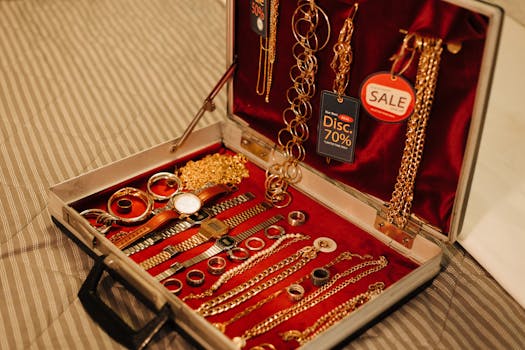
The 1930s to the 1960s are often referred to as the ‘Golden Age’ of wristwatches. This period saw the introduction of iconic watch brands such as Rolex, Omega, and Breitling, which became synonymous with quality, style, and precision. The development of new materials and technologies, such as waterproof cases and automatic movements, further enhanced the functionality and appeal of wristwatches. The 1950s and 1960s also saw the rise of fashion watches, with designers such as Cartier and Tiffany & Co. creating stylish and elegant timepieces that were both functional and fashionable.
The Quartz Revolution: 1970s-1980s
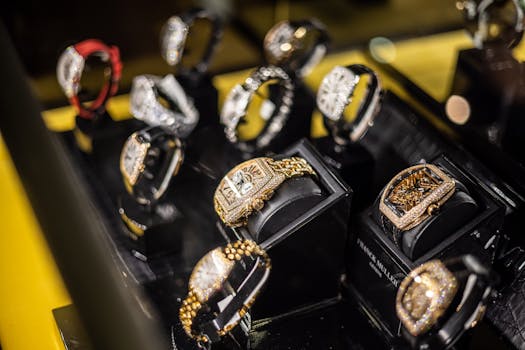
The 1970s saw a significant shift in the watch industry with the introduction of quartz movements. Quartz watches were more accurate, reliable, and affordable than their mechanical counterparts, and quickly gained popularity. The 1980s saw the rise of digital watches, with brands such as Casio and Seiko introducing affordable and functional timepieces that appealed to a wider audience. The quartz revolution also led to the development of new watch materials, such as plastic and titanium, which further expanded the possibilities for watch design.
The Modern Era: 1990s-Present
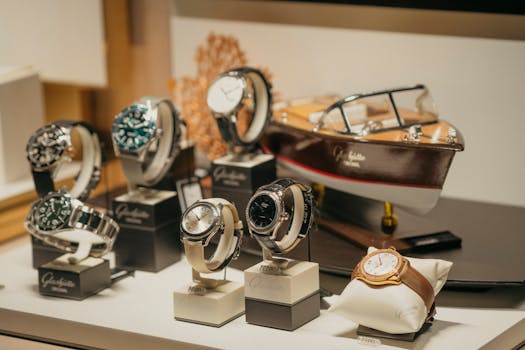
The 1990s saw a resurgence of interest in mechanical watches, with the introduction of new brands such as TAG Heuer and Hublot. The development of new materials, such as carbon fiber and ceramic, has further enhanced the functionality and style of modern watches. The rise of smartwatches in the 2010s has also expanded the possibilities for watch design, with brands such as Apple and Samsung introducing high-tech timepieces that combine traditional watchmaking with modern technology.
Conclusion
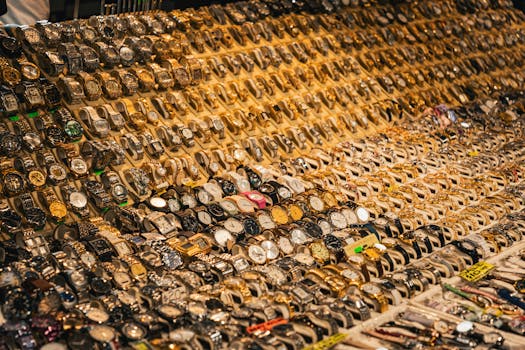
The evolution of wristwatches has been a fascinating journey, from their humble beginnings as pocket watches to the sleek, high-tech timepieces we know and love today. Throughout the decades, wristwatches have become an essential accessory for both men and women, with a wide range of styles, materials, and functionalities to suit every taste and preference. Whether you’re a watch collector, a fashion enthusiast, or simply someone who appreciates the beauty of a well-crafted timepiece, the story of wristwatches is sure to captivate and inspire.






